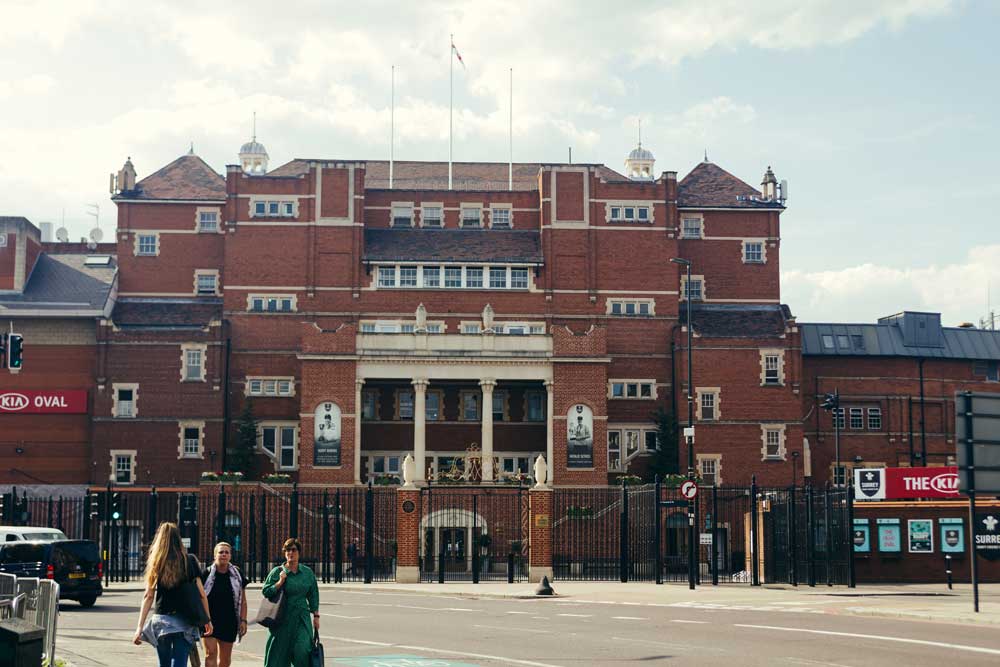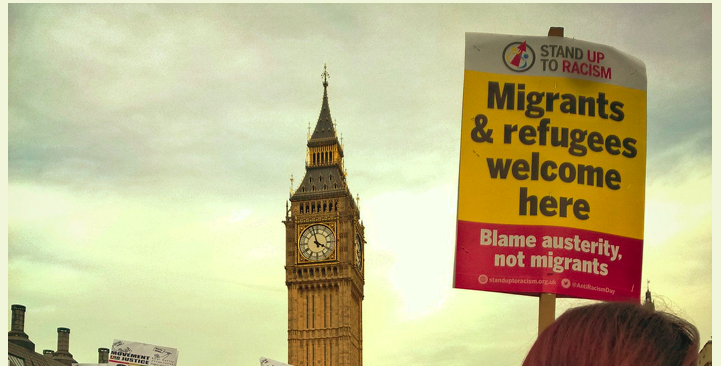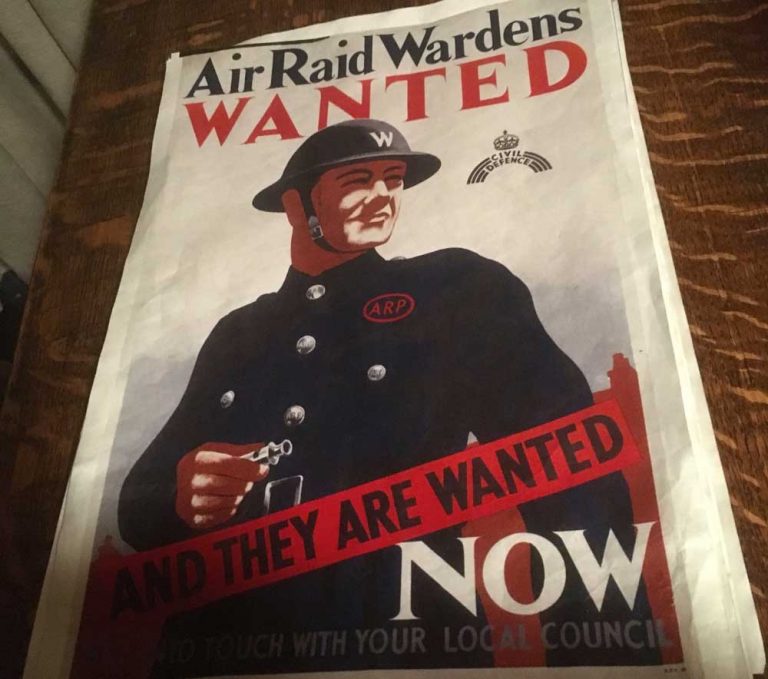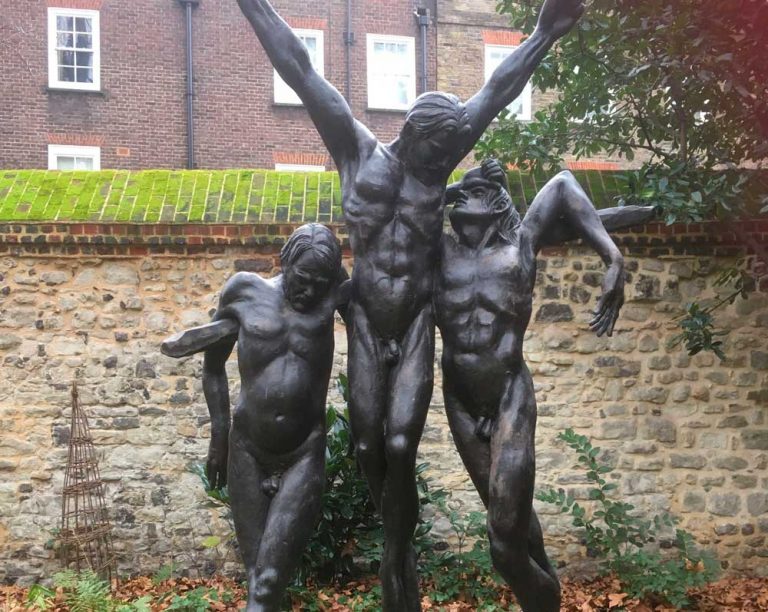A place of public execution, a market garden, a prison for captured German SS officers, it’s also seen elephants, donkeys, pop stars, Aborigines and boomerangs.
In its 151-year history, the famous Kennington Oval, which got its shape and its name when an 18th century landowner built a road around it, has been much more than just a cricket ground. Here’s a closer look at its colourful past through a report of the time….
“The football-crazy crowd roared its encouragement as the Rev R.W.S. Vidal, alias The Prince Of Dribblers, worked his magic down the field. He passed to M.P. Betts, who was inexplicably playing under the pseudonym of A.H. Chequer, but who didn’t let his mysterious dual identity spoil his aim. His wide-angled shot whizzed between the posts.”
The very first goal in the very first FA Cup Final had been scored. The cheering from the 2,000-strong crowd reached a crescendo and echoed around……….The Oval.
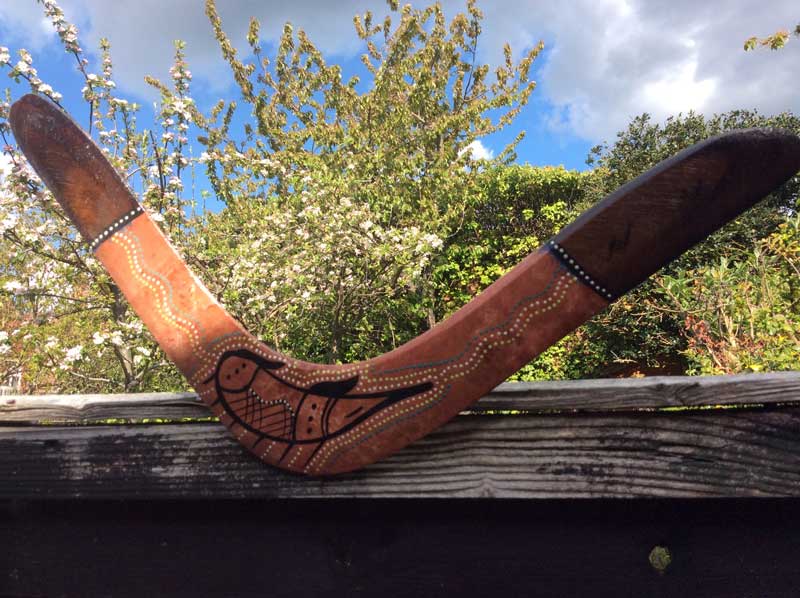
Yes, improbable as it sounds the famous Kennington cricket ground was where that Cup Final was played on March 16, 1872 between Wanderers, the eventual one-nil victors, and the Royal Engineers from Chatham in Kent.
During the match Lieut. Cresswell of the Engineers broke his collarbone but played gallantly on to the final whistle, giving football its first on-field casualty and sports fans a real hero.
The almost theatrical occasion of that first notable sporting tussle made it fitting that a ground with such a colourful history should play original host to a contest that is now world-famous in its own right – something it was to do for all but one of the next 20 years.
Even in those early days, The Oval branched out from cricket to embrace not just daylight football, but evening games floodlit from the famous gasworks, lacrosse, cycling and skating.
Later rugby union was played on the famous ground, which in itself led to more sporting firsts as top international matches took place there.
The first England v. Scotland Rugby Union match staged south of the border was played at The Oval and the very first England v. Wales match also kicked off there.
But despite the profusion of other sports and events that have taken place there up to the modern day, it is first and last a cricket ground – and the place where the idea for the famous Ashes contest between England and Australia was conceived.
The first Test match between the two countries was played here in 1880. Two years later a full-strength English side made such a hash of what should have been a doddle of a match against the Aussies that a mock obituary appeared in The Sporting Times saying that the body of English cricket would be cremated and the ashes taken to Australia.
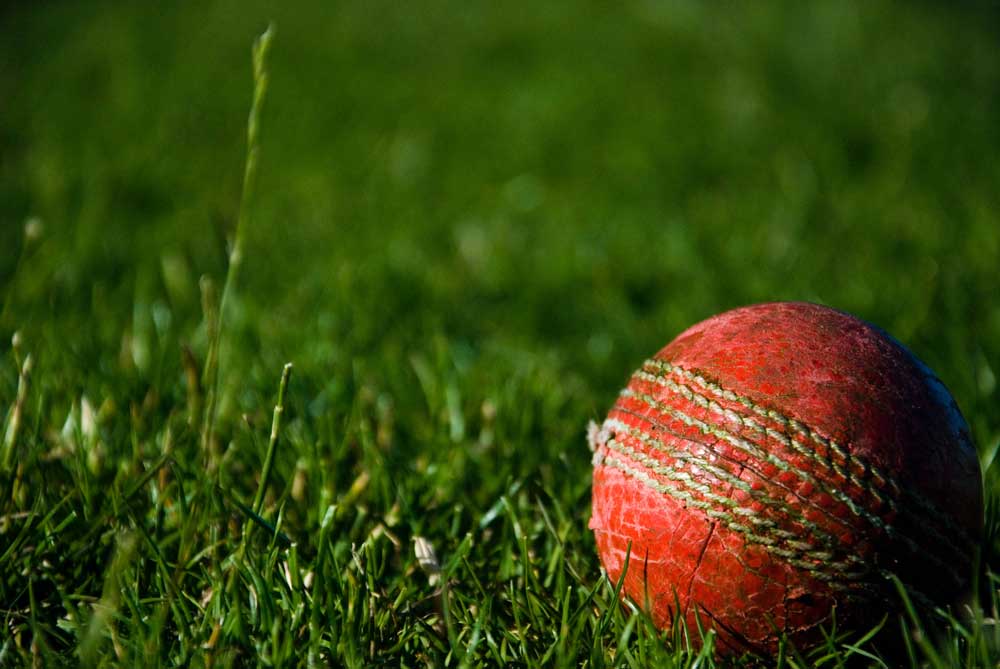
The following winter Down Under, a woman put the mock threat into action, burning a bail and presenting the ashes to the English captain. The contest was born.
In the following years the ground was home to many unique events, both sporting and non-sporting.
In 1868 the first-ever Australian tourists to take to the field was a team of Aborigines who played against Eleven Gentlemen of the Surrey Cricket Club, by now well and truly established at The Oval.
The native Aussies, who lost by an innings and seven runs, each wore a different coloured sash so the 7,000 spectators could distinguish one from the other.
And during the day boomerangs whizzed to and fro as the visitors showed off rather different throwing skills to the ones 19th century cricket fans were accustomed to seeing.
In 1942, a cage was put up to house German prisoners of war and a Nissen hut at the Vauxhall end was earmarked for SS officers. But in the event neither was called into play.
In the 1970s as the club faced a cash crisis, its administrators allowed other events to be held there.
A circus came to the ground. Its attractions included a donkey derby and an elephant display, the latter animals being housed in the ground staff’s workshop.
It was all a far cry from its early beginnings as part of Kennington Common, an unpleasant place where rebels of the unsuccessful 1745 Jacobite rebellion were hanged.
Four centuries earlier, a game played by monks in London’s fields was known as Cricce. The land they played on south of the river had at this time been granted by Edward lll to his firstborn son, Edward, Earl of Chester and Duke of Cornwall – the gallant, charismatic and soon-to-be-doomed Black Prince.
Thus began the continuing link with the game and the Duchy of Cornwall, whose modern-day successor to that title, the Prince of Wales, still owns the land on which The Oval stands.

